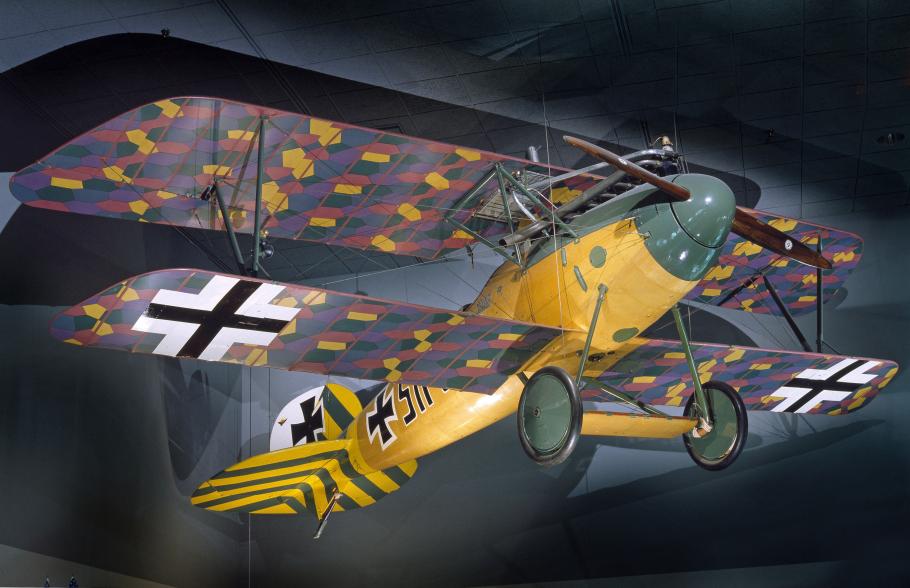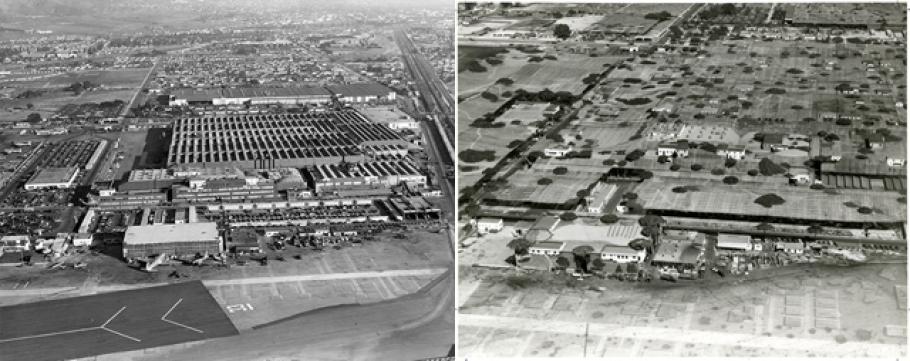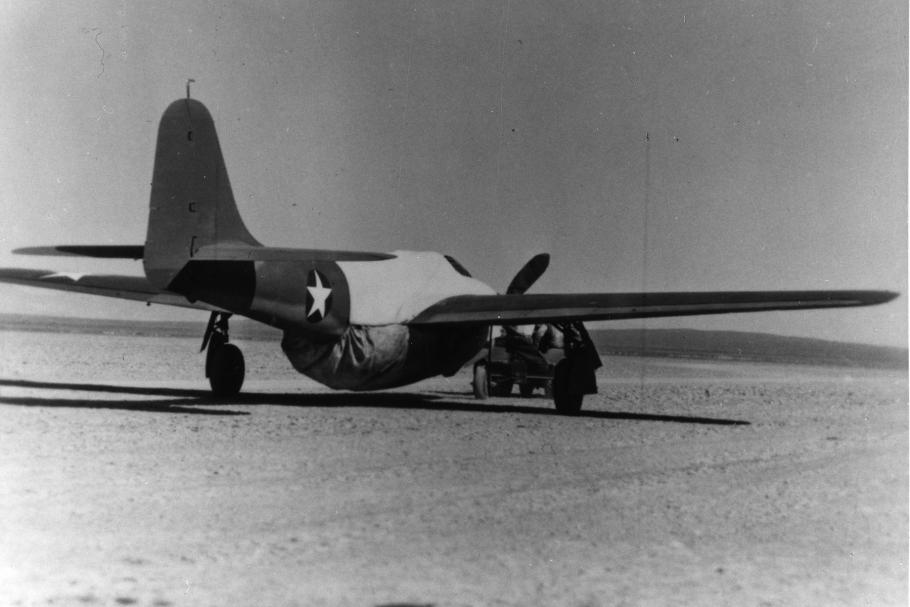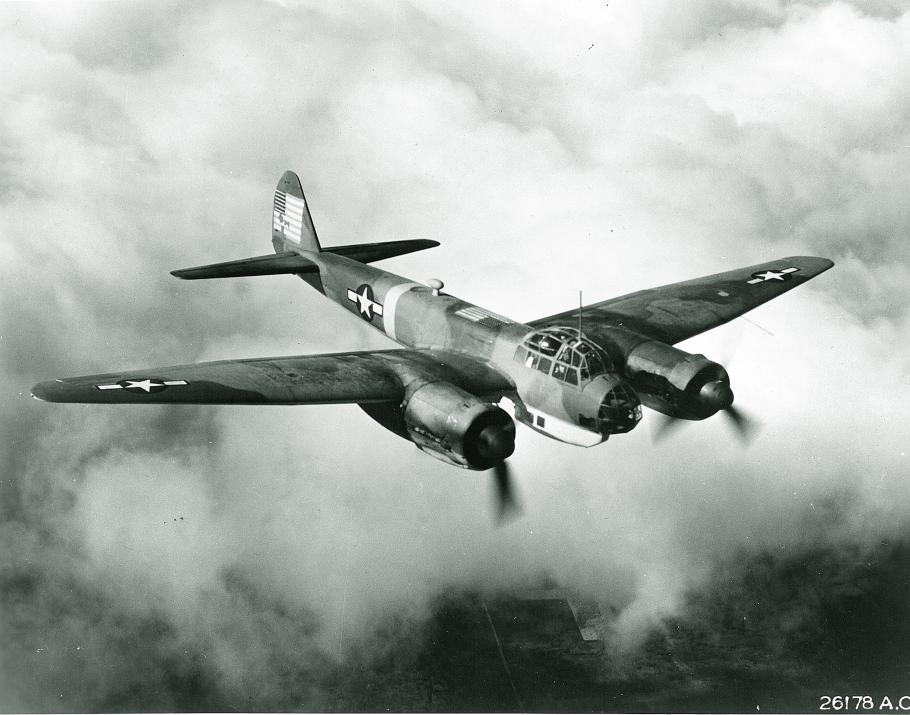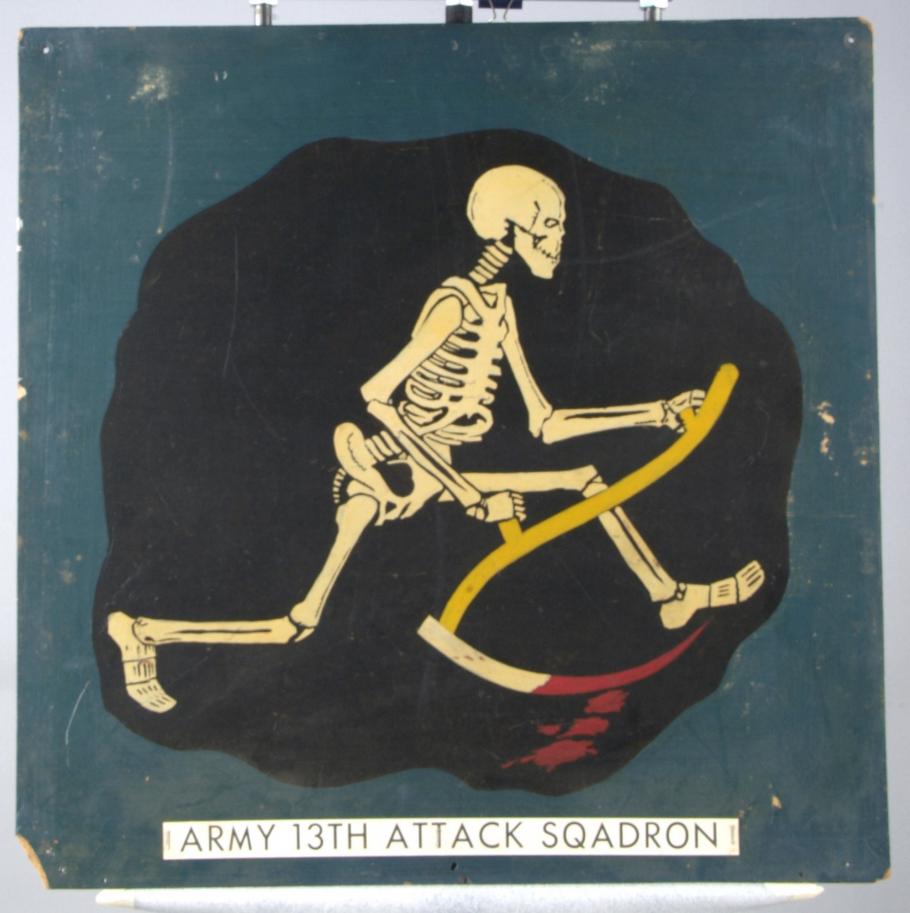The Museum’s annual Air & Scare event is taking place this Saturday at the Udvar-Hazy Center in Chantilly, Virginia. At the event kids, and even some parents, will don disguises and transform themselves into the perfect Halloween character—whether a princess, robot, or something spookier. In the spirit of disguises, costumes, and just plain scary stuff, I thought I would share some examples from the history of military aviation where things were not as they seemed.
Camouflaging Aircraft
Camouflage is all about making something invisible to enemy eyes and hiding its true identity. The wings of our Albatros D.Va, a German biplane fighter, feature a distinctive lozenge pattern camouflage. This type of camouflage was used on aircraft during World War I by the Central Powers.
Disguising a Factory
Camouflage was of great value on the ground as well. These before and after photos feature what was called the “famous Lockheed disappearing act” of World War II. A faux suburban neighborhood placed on top of the Lockheed’s Burbank, California factory in 1942 disguised it from enemy eyes overhead. Sheets of painted fabric supported by telephone poles were spread over the plant to create the transformation.
Lockheed's Burbank plant
Hiding Jet Technology
To confuse enemy spies from seeing America’s first jet aircraft, U.S. Army Air Forces’ personnel added a fake propeller to the Bell XP-59A Airacomet when it was on the ground during its first flight tests in the fall of 1942. A cover was also added over the engine exhausts and intakes to help avoid unwanted attention and questions regarding this new propulsion system.
Disguising Enemy Aircraft in WWII
In 1943, a defecting Romanian pilot flew this Junkers Ju 88 to Cyprus. The bomber made its way to the United States where it became part of the Axis air fleet operated at Wright Field. The U.S. insignia and large American flags kept it safe from attack from unknowing American military aircraft over the Midwestern countryside. Disguising the German airplane as an American one worked, the Ju 88 survived the war and is now on display at the National Museum of the U.S. Air Force.
Transforming Aircraft with Nose Art
Scary masks are always part of Halloween. The most famous masks for aircraft have to be the shark faces of the American Volunteer Group flying for Nationalist China in late 1941 and 1942. Fighting units from both the Allies and Axis adorned their fighters and bombers with the faces of sharks, tigers, dragons, even parrots and bats, during World War II, which is a practice that has continued to the present day.
Portraying Sinister Personas in WWI
Military aviation units assumed rather sinister personas as they represented themselves and their line of work. The Works Progress Administration Art Program recreated the “Grim Reaper” insignia of the U.S. Army Air Corps’ 13th Attack Squadron for display at the Smithsonian in the 1930s. This one was so scary that the person in charge of labeling the panel misspelled “squadron!”
What character will you become this Halloween? Whatever your disguise, we wish you a safe and happy Halloween!

